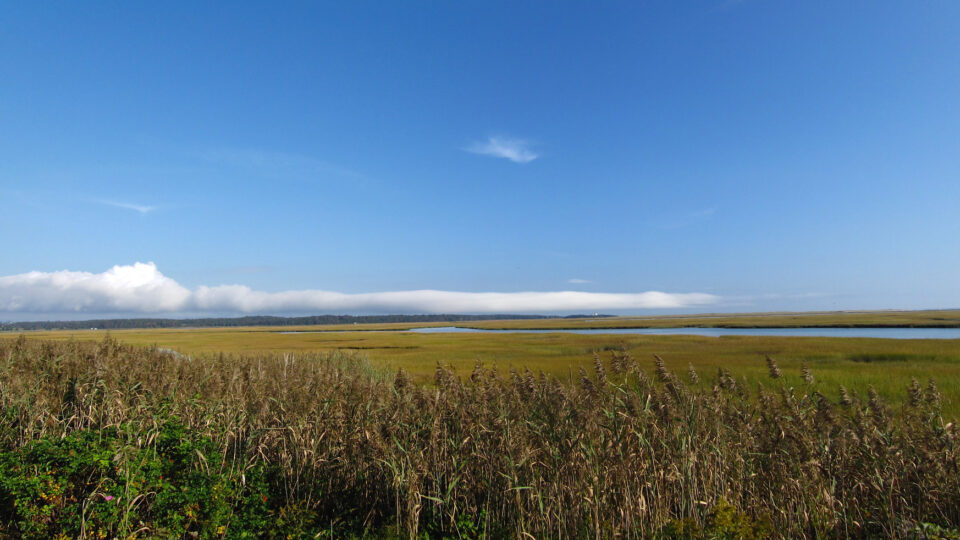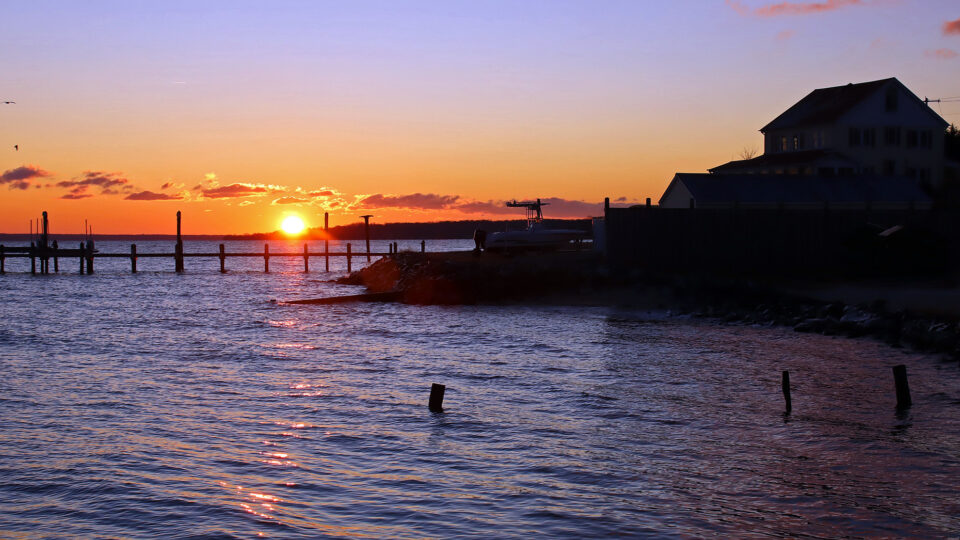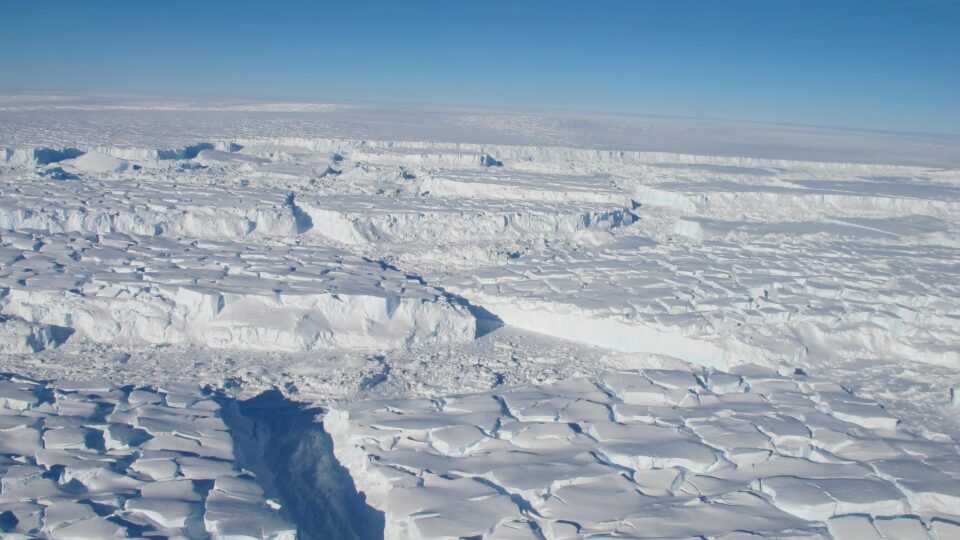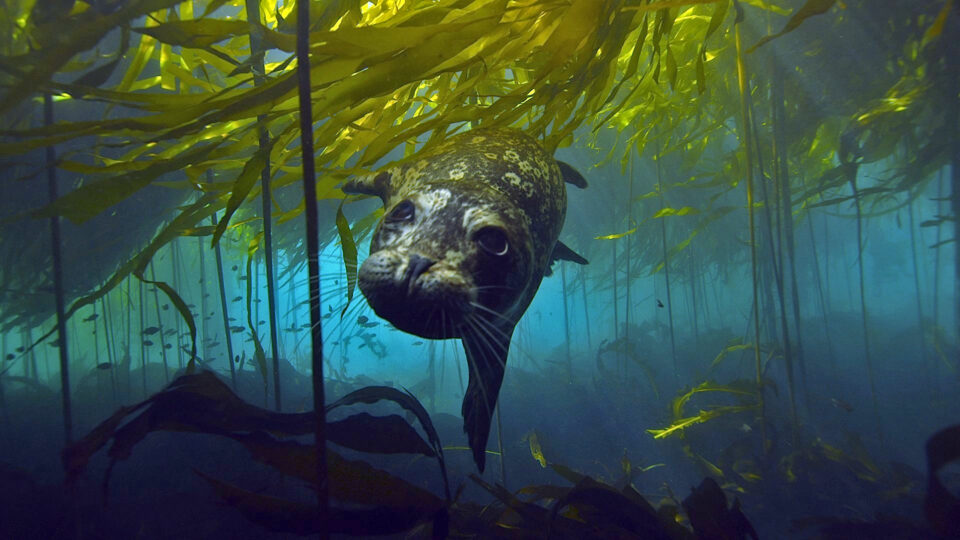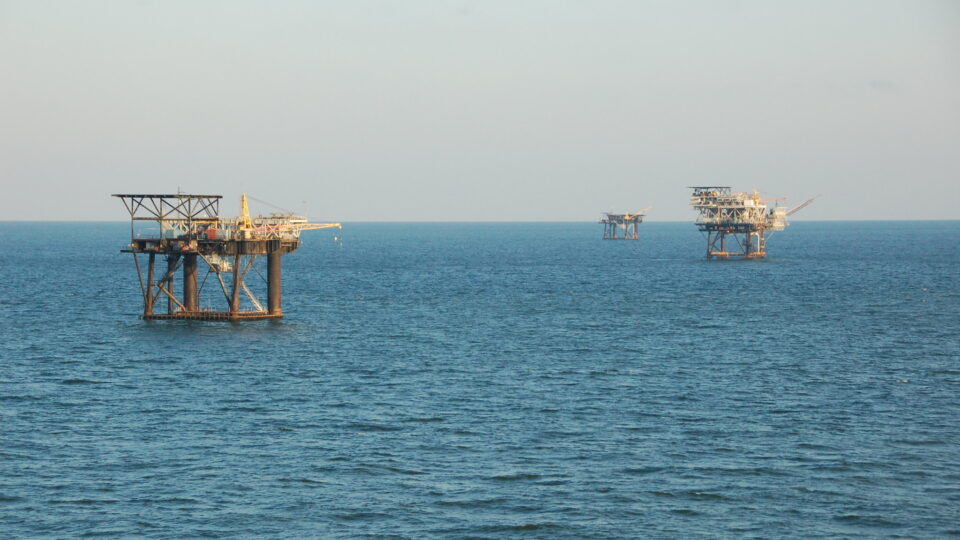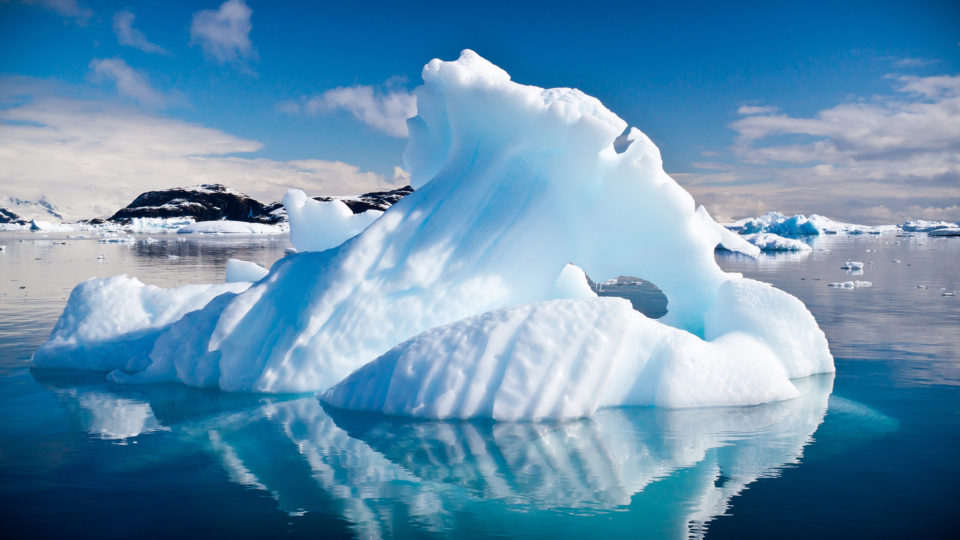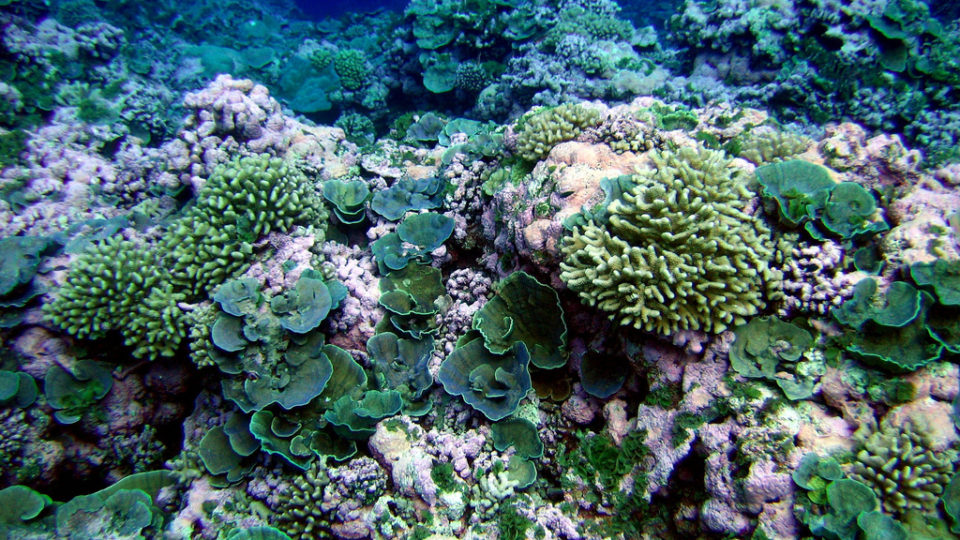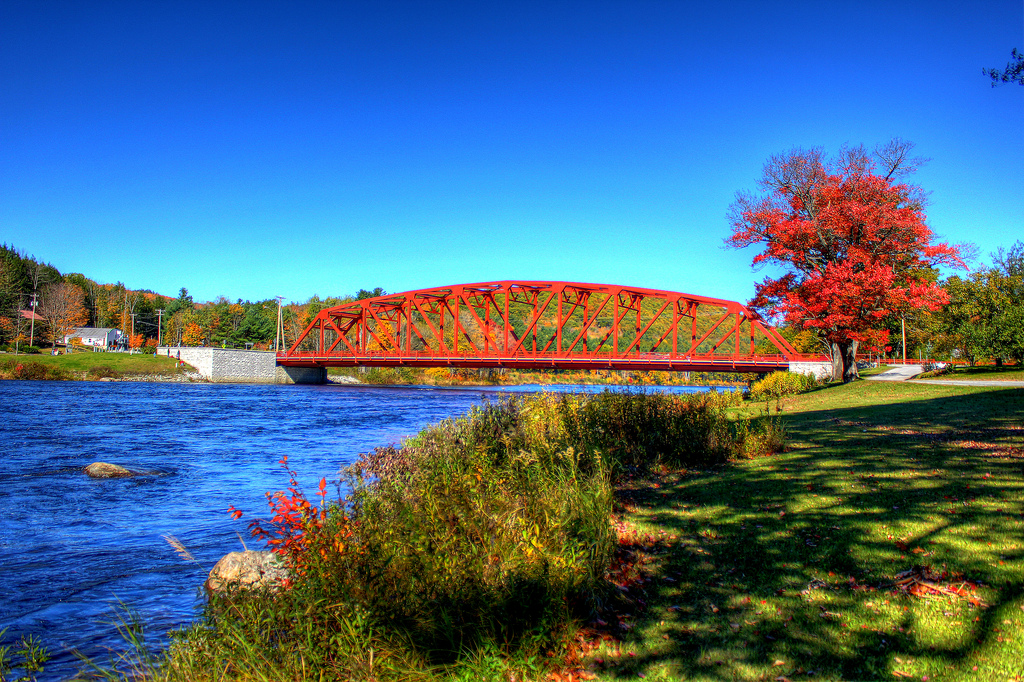Salt marshes are coastal wetlands that are flooded and drained by salt water brought in and out by the tides. These low-lying wetlands are also sometimes called tidal marshes because they occur in the zone between low and high tides. These wetlands are some of the most biologically productive ecosystems on Earth.
Cape Cod’s beautiful salt marshes are as important as they are iconic. They act as carbon sinks, protect coastal development from storm surge, play an outsized role in nitrogen cycling, and provide critical habitats for many fish, shellfish, and coastal birds.
According to scientists from the Marine Biological Laboratory in Woods Hole, Massachusetts, more than 90% of salt marshes around the world are likely to be underwater by the end of the century.
Since 1971, scientists from the Marine Biological Laboratory have mapped vegetative cover in Great Sippewissett Marsh in Falmouth, Massachusetts, to examine whether increased nitrogen in the environment would impact species of marsh grass. Because of the length of the study, the researchers were also able to investigate the impacts of climate change on the ecosystem, especially those driven by accelerating sea level rise.
The research team found that increased nitrogen favored higher levels of vegetation and accretion of the marsh surface. However, the researchers found that salt marshes will not be able to outpace the submergence from global sea level rise – no matter how much nitrogen is applied.
Sea level rise is the biggest threat to salt marshes around the world. Mitigating some of these projected losses is critical in order for salt marshes to continue to provide their important ecosystem services for people and the planet.
**********
Web Links
Most of the World’s Salt Marshes Could Succumb to Sea Level Rise by Turn of Century
Photo, posted September 27, 2011, courtesy of Chris M Morris via Flickr.
Earth Wise is a production of WAMC Northeast Public Radio
